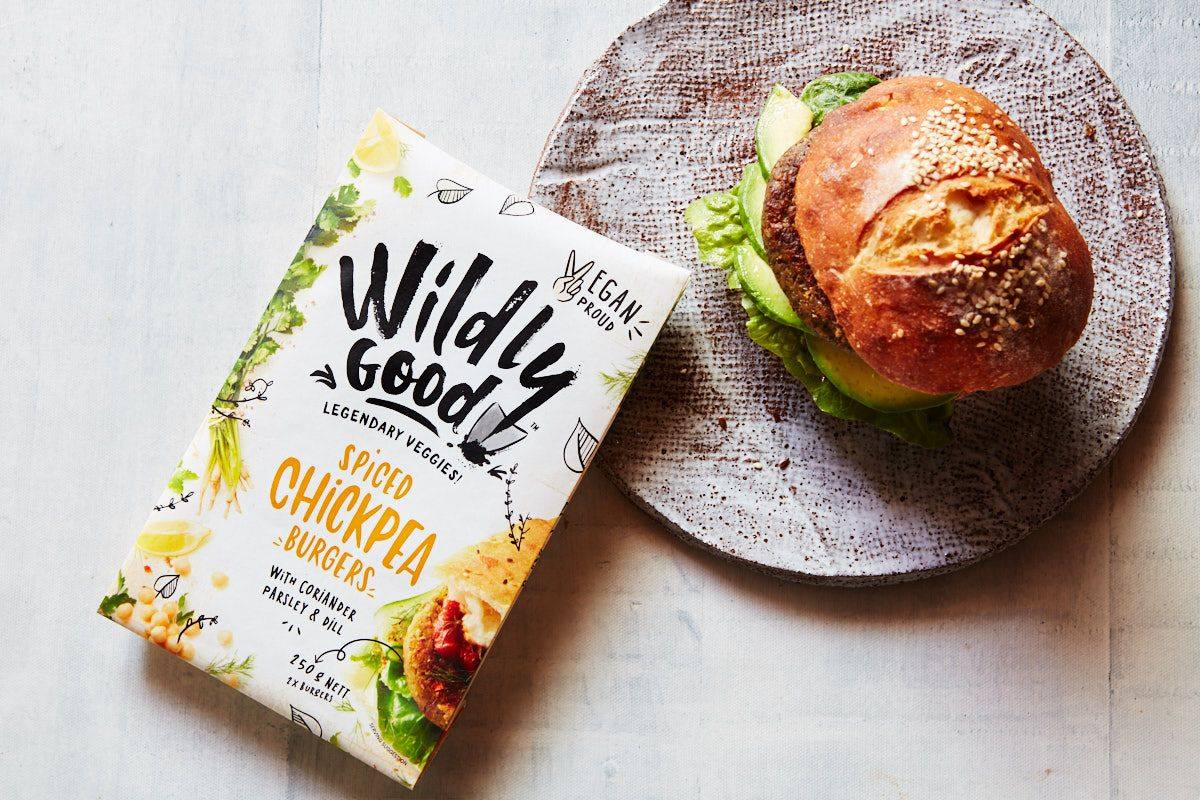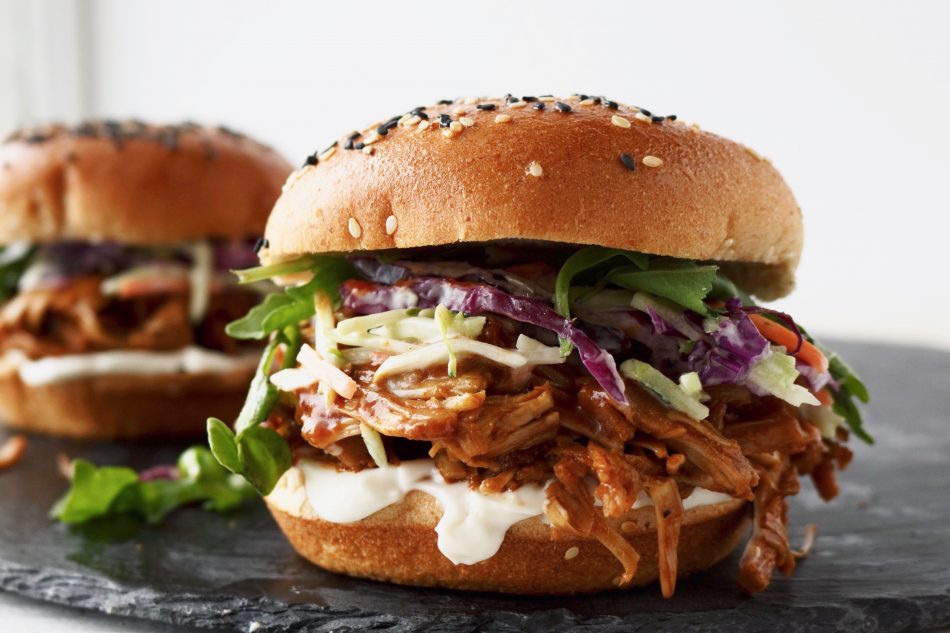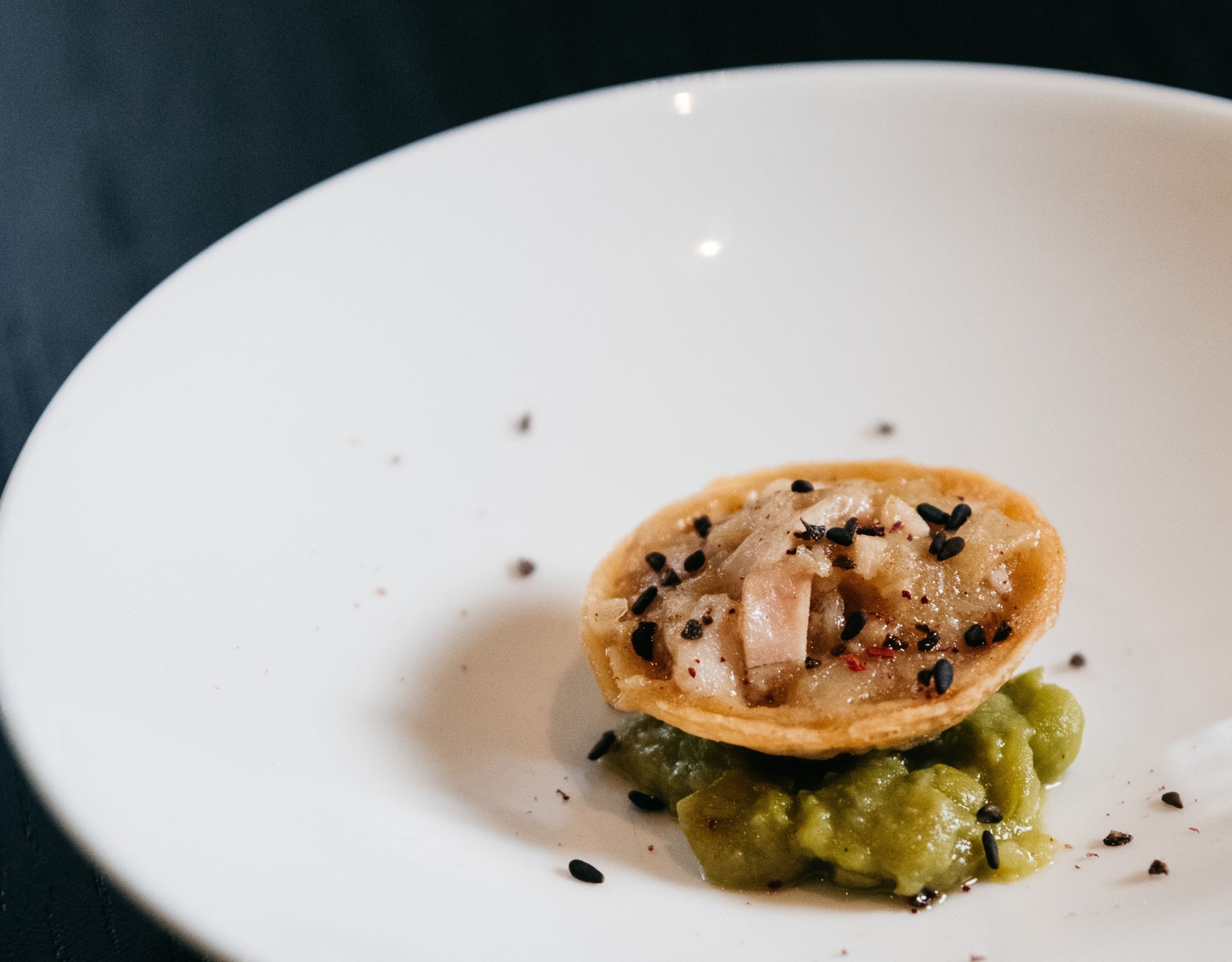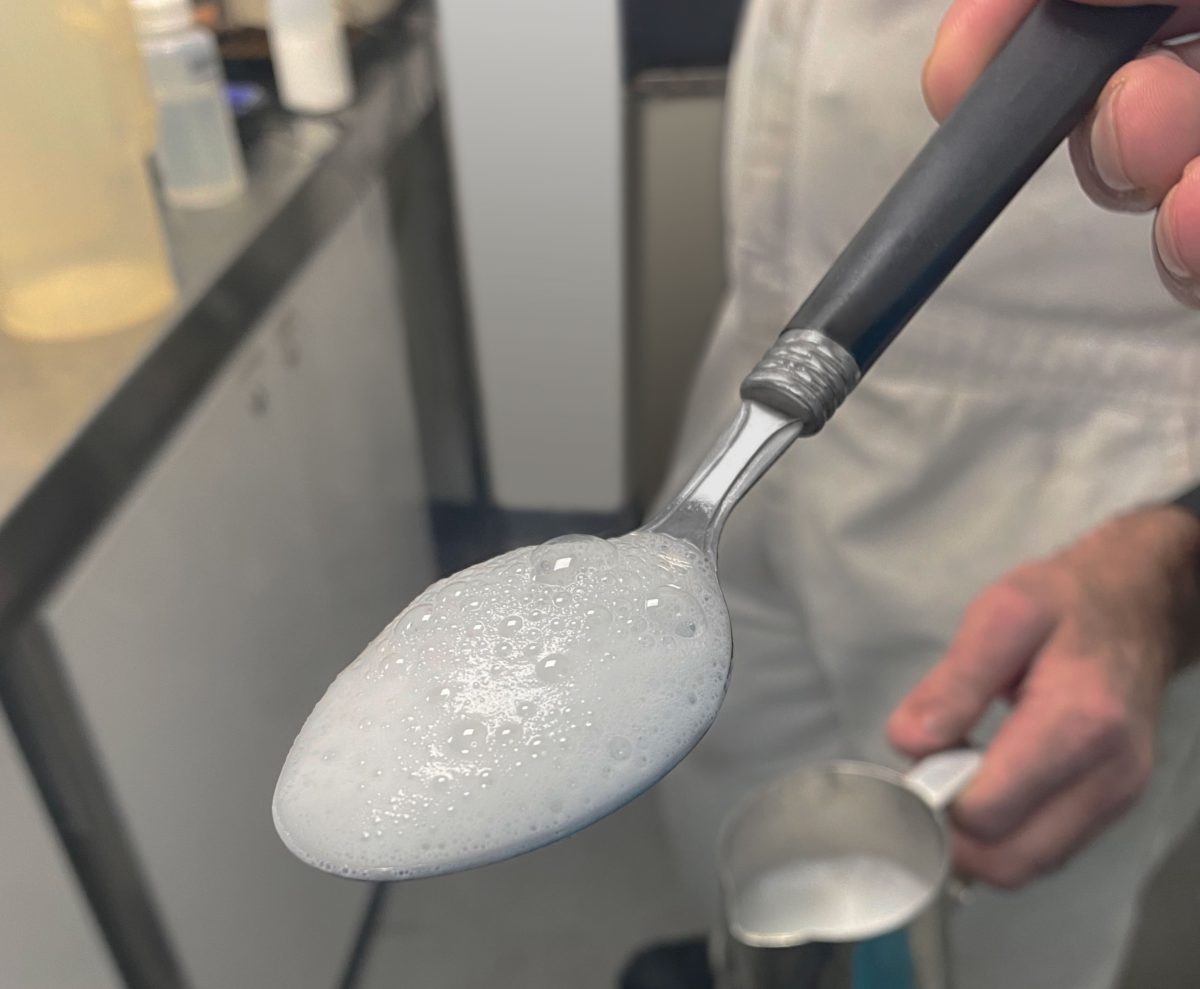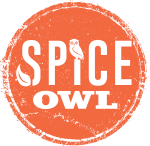Precision fermentation products
Fermentation is a powerful, flexible biological process using microorganisms that has been used in food production for millennia – in foods like beer, sauerkraut and miso.
Precision fermentation is a newer application of the technology, and it has been used for decades to make products such as rennet for cheese, insulin for diabetics and vitamins such as B12 for nutritional supplements and fortified processed foods.
More recently, enterprising food companies around the globe are using precision fermentation to produce animal foods without the animals. To do this, the genetic code for an animal fat or protein is introduced into a microorganism, which is then fermented in a similar process to brewing beer, to efficiently replicate and grow the fats or proteins at scale. The end product, typically a dairy protein, or an animal fat, is the same as conventional animal foods at a cellular level. However, companies making these ingredients commonly use the term ‘animal-free’ since they can be produced without the ongoing requirement for animals.
Animal-free fats can be used to add flavour to plant based and cultivated meat products, while animal-free proteins form the base of dairy products such as cheese and ice cream. The first and only precision fermentation dairy products on the market now are on sale in the US, where Perfect Day’s animal-free whey proteins feature in Mars’s ice creams, protein powders and chocolate bars.



